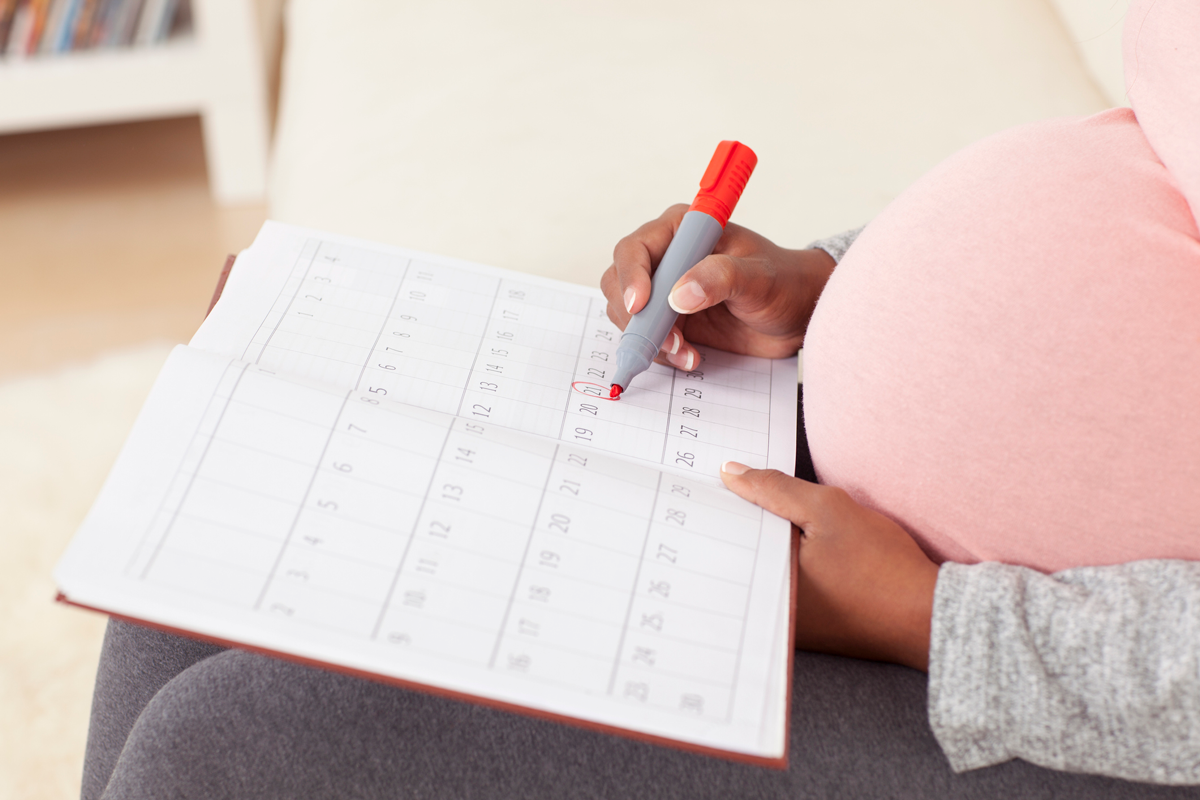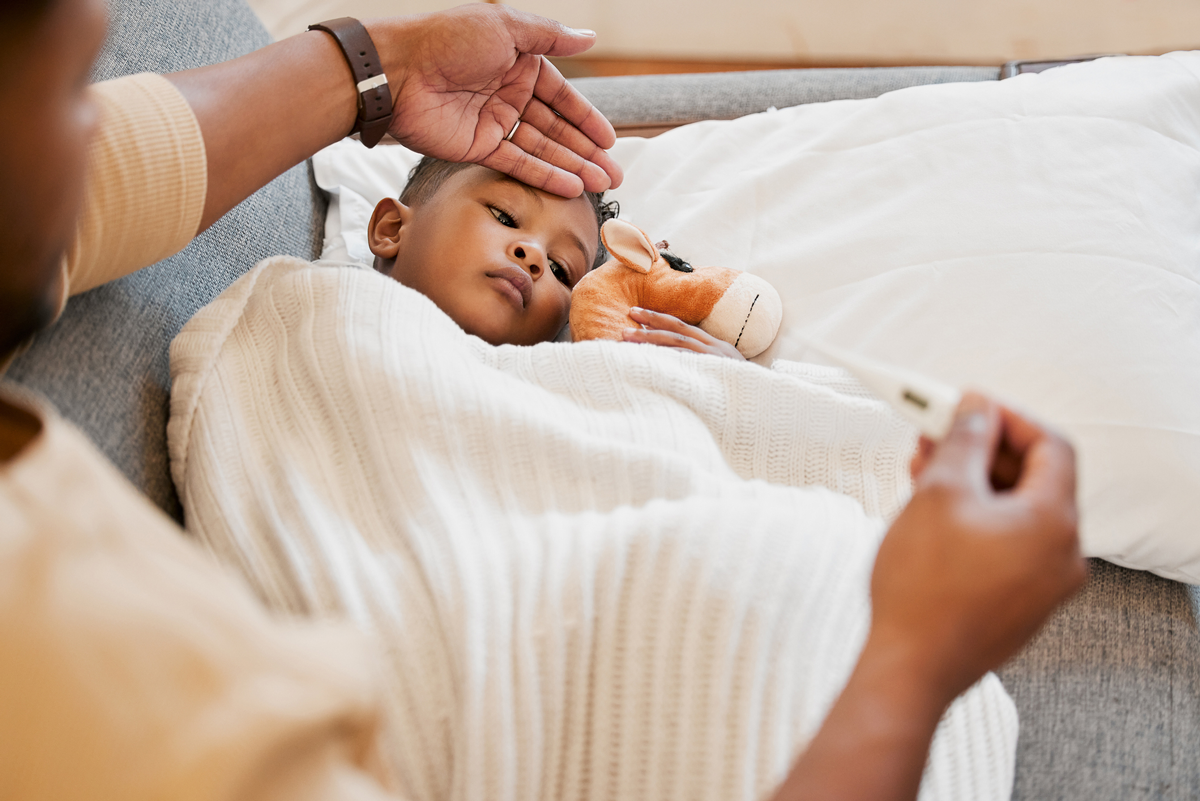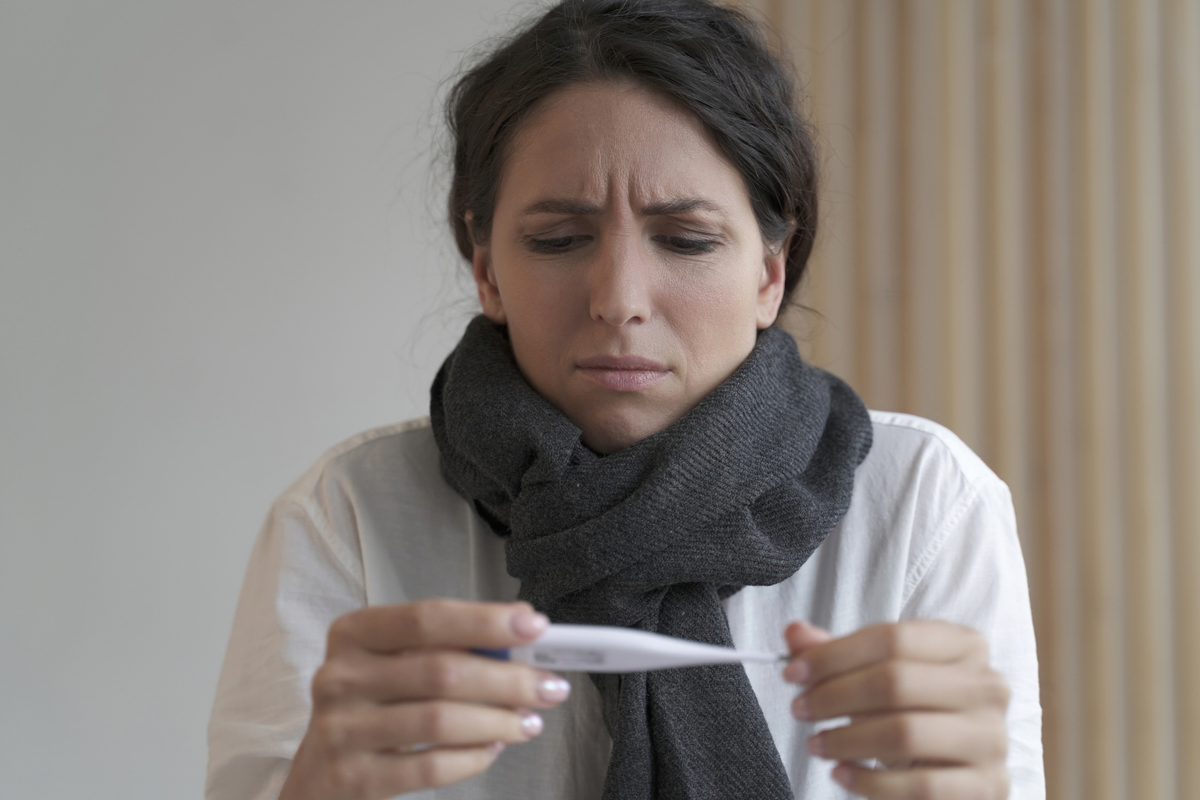Does it feel like we are sicker than usual this fall? In my house: yes. Sometime in September we had an illness that affected the kids for about 15 minutes, but both Jesse and I were down for the count. At the time, I told him I thought it would be a bad illness season and we should “prepare for six months of illness.” He said I “wasn’t being very nice”; I then explained that “kind isn’t always nice” and he huffed off. Anyway, I was right.
My particular household illness situation is only a single data point, but this has been on my mind, as so many of the questions coming in from parents are some version of Does this ever end? or Is it seriously possible to have hand, foot, and mouth disease and norovirus at the same time?
This has all made me curious about the question of whether we are sicker than “usual.” For many people, it feels that way. But we also know that fall is always a time of respiratory viruses. I believe there are two potential explanations for the current state. One is that there actually is more childhood illness — especially respiratory illness — than there was in 2019. (There are various possible reasons this could be, including lack of earlier exposure.) A second possibility is that we are back to 2019 rates and we just forgot what it felt like.
So which is it? This didn’t prove easy to answer. But today I’m going to tell you how I went about it and see if we can make some progress.
My basic question: Is there more routine childhood illness this fall?
Data source 1: CDC
The first place to look for this is in CDC surveillance. The CDC does surveillance for a number of common illnesses, among them RSV, the non-COVID coronaviruses, and norovirus. You can see the full surveillance page here. If I am being honest, not all of what the agency reports is very helpful at figuring out whether there is more overall illness. For most diseases, it reports the share of tests that are positive. For example, there are a number of non-COVID coronaviruses that circulate, and the CDC produces graphs about what share of tests are positive for each type.
But you’re only testing people who show some symptoms (and most of those people are not tested). It’s not a random sample, and it’s not a measure of how many people have respiratory symptoms at any given time. These data have important uses, but not really for figuring out the overall illness burden.
Where the data is useful is in RSV, where the CDC reports the number of positive PCR and antigen tests for RSV over time. RSV is a common childhood virus — nearly all children will have had it at least once by the age of 2. For older children and adults, it tends to be a mild respiratory virus. But for small babies and older people, it can be quite dangerous. There is more on RSV in this post.


There are two salient takeaways from this graph. First, we are seeing a significant uptick in RSV infections right now. Second, this is different from 2020 (when we basically did not see much RSV at all) and 2021 (when the season was earlier in the year). The data doesn’t go back before 2020, but the 2022 timing pattern is similar to what we expect based on earlier years.
It is hard to know from this if we are nearing the peak, but clearly the RSV season is very active.
Data point 2: Pediatric hospital data
A second way to look at the pediatric disease burden is with hospitalization data. The U.S. Department of Health and Human Services maintains data on hospital capacity by week for a sample of hospitals. From these data, we can calculate the share of pediatric hospital beds that are in use. This provides a metric of hospital crowding but also a sense of disease burden.
Over the past three weeks covered in the data (which go through the first week of October), an estimated 75% of pediatric hospital beds were in use. It is important to note that pediatric bed usage is always fairly high. In July, for example, this number was 69%. Basically, pediatric hospitals are often at high capacity — in order to make the economics of any hospital work, you need most of the beds to be filled most of the time.
However, operating close to the line like this means that a relatively small number of kids can overwhelm hospitals. And the 75% capacity rate in the last weeks in the data is the highest we see in these data since 2020. This 75% on average means that there are places with much higher utilization — north of 80%. If it seems like hospitals are full, they are, and more so than they have been.
We do not know precisely what all of the hospitalization is for, but it is likely that a large share of it is for RSV.
Data point 3: Google Trends
One problem with both of the accessible data sources above is that they do not go back before 2020; another is that they are closely focused on RSV. As a final data point, I therefore pulled a third source: Google Trends.
Google Trends allows you to look at just that: trends in Google searches for a particular word or set of words over time. You can’t see the number of searches, but you can see their relative frequency. If I search my name, for example, I can see that over the past five years the largest number of searches occurred when I wrote the piece “Schools Aren’t Super-Spreaders” in The Atlantic.
Some years ago, Google used these data to produce Google Flu Trends, which tried to predict the flu season based on Google searches. That product was retired in 2015, but there is no reason I could not create my own.
The first graph below shows, over the past five years, the relative popularity of the search terms “RSV,” “hand, foot, and mouth” and “croup.” We’ve put gray bars over the October period so you can see how the current moment compares with earlier years.
The second graph is the same but looks at searches for symptoms: “child cough” and “child fever.”




There is a lot to potentially pull out of this, but there are a few things that stand out to me. Focusing on the first graph, for diseases, we first see clearly the ways in which 2020 and 2021 were unusual. In 2020 there were very low rates of search on all these diseases. This seems consistent with the CDC data. In 2021 the RSV season was earlier than it was in prior years. We saw significant summer RSV, less in the fall.
The other thing that stands out to me is how the 2022 pattern differs from 2018 or 2019. In particular: in those earlier years, we see an offset of the peaks in the three viruses. Notably, croup peaks before RSV. In 2022 the RSV season seems earlier (not as early as in 2021, but earlier than in 2019). As a result, it seems to be overlapping more with croup.
The result is more illness at a given moment. And we see this in the symptom searches — the search for cough is as high now as it has been at any time in the past five years, and it doesn’t seem to be leveling off. I think this isn’t surprising if we are experiencing a wave of croup and RSV at the same time rather than in sequence.
The one piece of good news I do see here is that hand, foot, and mouth disease searches seem to be leveling off. So perhaps we’re on the downswing with that one.
Bottom line-ish
Are people (especially kids) more sick now than in the past? Relative to the past two years, it seems like yes. We got a break in non-COVID illness for kids in 2020, and some complicated but probably fortunate timing in 2021 that spread things out. The disease burden at the moment is very high. It’s not necessarily more total illness than previous years, but it seems to be stacked in a way that is exacerbating everything.
From an individual perspective, is there anything you should do? The main thing is if you have a newborn, I’d be quite cautious with outside visitors. It’s always a balance, and I wouldn’t pull older kids from school, but it may be a time for more limits on optional visitors. Handwashing and keeping sick toddlers away from newborns if possible is recommended.
If you have a vulnerable newborn (premature, or with heart or lung issues), there is a medication called palivizumab that can help protect against RSV. This isn’t a vaccine — one is in the works but isn’t available — but it is effective for the most at-risk babies.
The second important thing I would cite is the flu vaccine. The RSV and croup combination does not also need the flu. So if you haven’t had a flu vaccine, or your kids haven’t, this is a good time to do it.
A silver lining is that RSV has a cycle. It seems likely that the early season will die down, and perhaps the winter surge will be less. Until then, hang in there.
Community Guidelines
















